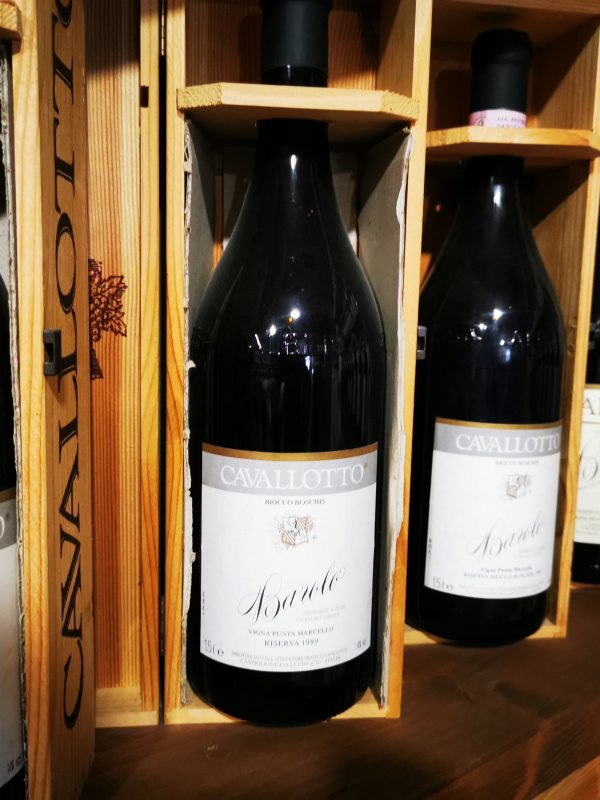Red Wines of Langhe: An Important History
the king of kings. Made from Nebbiolo grapes from the territories of the communes of Barolo, Castiglione Falletto and Serralunga d’Alba and part of the territories of the communes of La Morra, Monforte d’Alba, Roddi, Verduno, Cherasco, Diano d’Alba, Novello and Grinzane Cavour in the province of Cuneo.
Barolo requires aging of at least four years and 18 months in wood casks. It is an essential but not tricky wine. With wine tasting, it is possible to discover the facets that the soil, the aging, and the care of the producer can give to this outstanding wine. To accompany robust meat and game dishes but also to be enjoyed with mature cheeses such as Castelmagno. SLOW as a wine! It invites you to taste it slowly because it transmits its history.
- BARBARESCO, ELEGANT AND IMPORTANT WINE
contends the wand with its brother Barolo. Barbaresco is also produced with Nebbiolo grapes in the territories of Barbaresco, Neive, Treiso, and the part of the hamlet “San Rocco,” which was already part of the municipality of Barbaresco and aggregated to the city of Alba. Aged for at least three years. A more gentle wine but with character. It is gaining ground in the world of connoisseurs, and some wineries are sold even before being bottled. This is also to be considered as a SLOW wine. This is also a wine that I like to define as “conscious.” Every sip reminds you how much its producer understood and loved it!
is the oldest indigenous black grape variety of Piedmont, one of Italy’s most noble and precious. The name comes from the fact that the harvest takes place in late autumn when morning and evening fogs are frequent on the hills of the Langhe. It is a solid and robust wine, rich in alcohol, that often expresses its characteristics at its best after a slow aging. Depending on the cultivation area, Nebbiolo gives origin to a series of great red wines which take different names in the various territories. A wine loved for its versatility.
Barbera is not only in Monferrato! This vine of very ancient origin has had more and more success in the last years; it has proved capable of offering both excellent young wines and wines of average longevity and good structure which resist time and confirm the most original characters of a land and a vine of particular prestige. It is a wine very loved by foreigners as well.
The wine of the peasant par excellence, some imagine it as sweet because of its name, whereas it is a genuine wine that tastes of grapes, suitable for the daily table, but of quality. Dolcetto is one of the most typical autochthonous Piedmontese vines and is cultivated in varying degrees almost everywhere in the region. It is one of the red wines I appreciate the most! For this reason, I would not define it in any way: it is the wine I learned to understand before all the others.
neglected for a long time, has found the interest of some local winemakers around the seventies. Today it is enjoying success thanks to the increasing attention paid to indigenous grape varieties and because it offers a particularly original wine with a distinctive spicy aroma. The grapes have crunchy berries and are excellent for eating. In the Langhe region, Pelaverga is cultivated in a small area between Roddi and Verduno.



